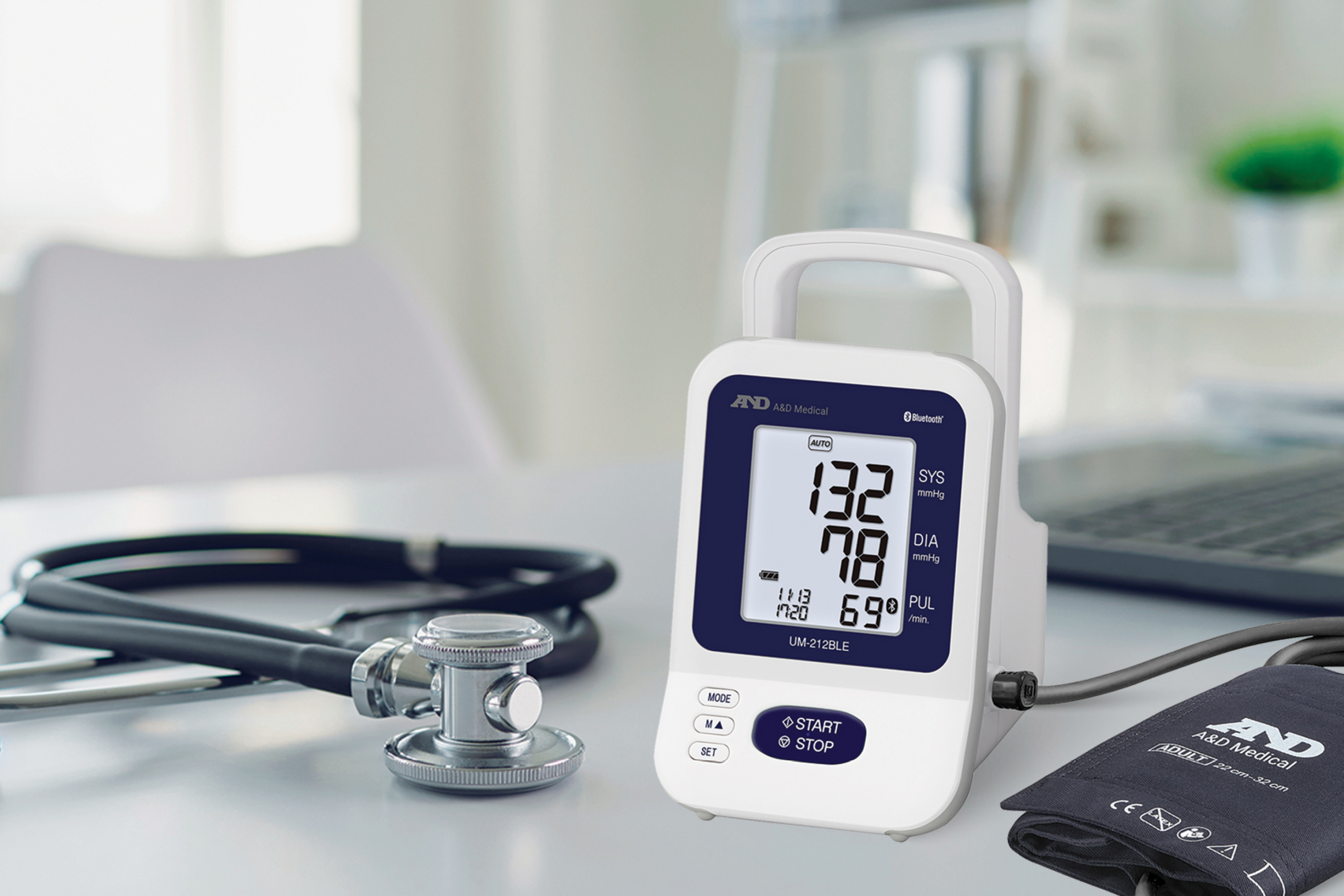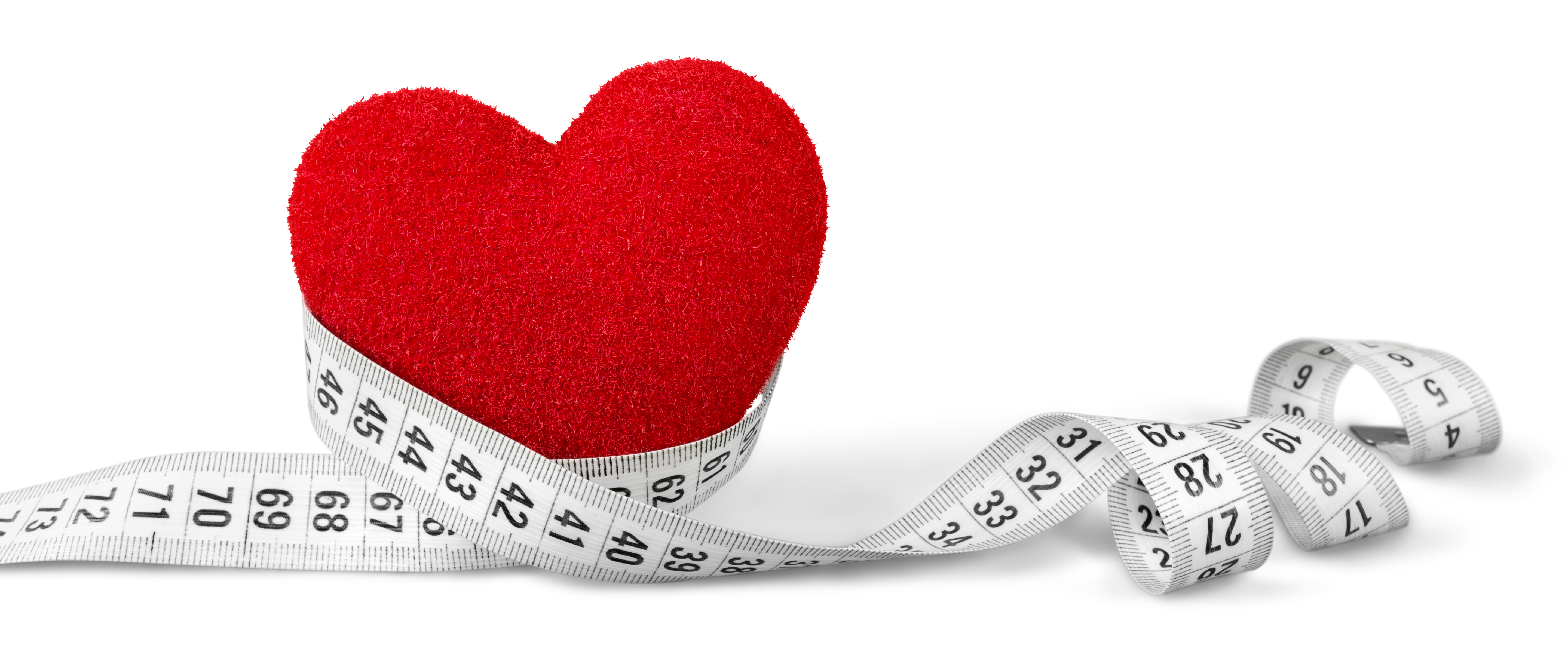AOBP – Why it is the gold standard in office measurement, How to get accurate office measurements
AOBP stands for “automated office blood pressure,” and it refers to a method of measuring blood pressure that is widely considered to be the gold standard in office measurement. It is considered more accurate than manual office measurement because it eliminates the potential for observer bias and human error.
Blood pressure measurement is a complex procedure that requires proper technique and attention to detail to obtain accurate readings.
The Effects of Human Error
Some examples of human errors that can affect blood pressure measurement include:
- Improper cuff size selection – Using a cuff that is too small or too large for the patient’s arm can result in inaccurate readings.
- Incorrect cuff placement – The cuff should be placed on the upper arm at heart level, and not too loose or too tight. An improperly placed cuff can affect the accuracy of the reading.
- Inadequate rest period – Patients should be given sufficient time to rest before blood pressure measurement to avoid false high readings due to physical activity or stress.
- Observer bias – The person taking the measurement may unintentionally influence the readings through personal bias or misinterpretation of sounds or numbers.
- Recording errors – Mistakes in recording the measurement, such as recording the wrong numbers or forgetting to record a reading, can also impact the accuracy of the results.
An AOBP monitor can prevent many of these errors in addition to eliminating the white coat effect. This refers to the phenomenon where blood pressure readings are elevated in a clinical setting due to the anxiety or stress experienced by the patient.
To get accurate office measurements using AOBP, the following steps are typically taken:
- The patient is seated in a quiet room with no distractions and is asked to remain still and quiet for at least 5 minutes prior to the measurement. The healthcare professional leaves the room, so the patient can be more relaxed.
- A cuff is placed on the patient’s arm, and a device automatically inflates and deflates the cuff to measure blood pressure.
- Multiple readings are taken over a period of time (usually 3-5 measurements are taken at intervals of 1-2 minutes), and the average of these readings is used as the patient’s blood pressure measurement.
For healthcare providers, the VDL is a reference to monitors that have proven accuracy when choosing a blood pressure monitor for their office, like Automated Office Blood Pressure (AOBP), kiosks or Ambulatory Blood Pressure Monitors (ABPM) or even recommending home monitors to patients.
The Validated Device List has listed A&D Medical devices on their website. This includes our best-selling blood pressure monitors. Below is a list of our approved devices that you can purchase for your clinic or home use:





